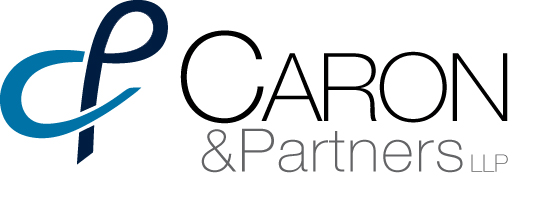by Rekha McNutt
The topic of this post is something that I encounter much more frequently than I would hope. Having just spent the day working on this exact problem, I thought it would be useful to publish this post.
Here is the typical scenario:
A person comes to Canada to work or study, and then applies for permanent residence as most tend to do. When they first come, they are single and have no children. But things change. Usually, the change involves going back home on a holiday and coming back having married somebody. This all happens while they have an application for permanent residence in process. Not wanting to delay their own application, they decide (whether on their own or through well-meaning but misinformed family/friends) not to advise Immigration Refugees and Citizenship Canada (IRCC) about that very significant change. They get their own permanent residence, then try to sponsor their spouse, and are told they cannot.
In this type of scenario, not only is the sponsor prevented from bringing their family to Canada, they also face very serious risk of losing their own permanent residency on grounds of misrepresentation. The topic of misrepresentation deserves its own post, but take away from this article that the consequences can be grave to everyone involved.
Our law says that all “family members” of a person integrating to Canada must be “examined” before that person is granted permanent residence, whether they are accompanying or not. A family member includes the person’s:
spouse or common-law partner
dependent children
spouse or partner’s dependent children
children’s dependent children
The “examination” of family members typically involves an assessment of their admissibility, namely medical, criminal, and security reviews. By not declaring a family member, a person who is applying for permanent residence is denying IRCC the opportunity to examine that family member and determine whether they are admissible to Canada. This is critical because an inadmissible family member, whether they are accompanying or non-accompanying, can render the principal applicant inadmissible as well. As such, by not declaring their family member, the principal applicant may have gained permanent residency when they should not have.
In order to deal with this non-disclosure, our Regulations contain a very harsh provision which prevents such a person from ever being able to sponsor the family members that he or she failed to declare before getting permanent residence. We call this the “117(9)(d) problem” because that is a section of our Regulations which contains this harsh provision:
117 (9) A foreign national shall not be considered a member of the family class by virtue of their relationship to a sponsor if
(d) subject to subsection (10), the sponsor previously made an application for permanent residence and became a permanent resident and, at the time of that application, the foreign national was a non-accompanying family member of the sponsor and was not examined.
In essence, a family member who was not “examined” is not considered to be part of the sponsor’s “family class”, and therefore not somebody who can be sponsored.
The only way to overcome this lifetime ban on sponsoring that family member is to seek relief on humanitarian and compassionate (H & C) grounds. H & C applications consist of very complex legal submissions that are tailored for every client’s specific situation. Every situation is unique and requires diligence, care, and attention. These applications are difficult to succeed on because they are very discretionary. As such, it is imperative that a compelling case be presented from the outset.
There are number of factors which could be a play depending on the circumstances. Some typical factors include:
the reasons for nondisclosure
whether the sponsor actually gained an advantage by not declaring their family member
the sponsors establishment in Canada
the conditions in the country where the sponsored person lives, and the associated hardships
the hardships of separating family members
the best interests of any children who are affected by the situation
If a Visa Officer determines that sufficient H & C grounds exist, he can allow the sponsorship despite the application of 117(9)(d). In that case, the overseas family member is allowed to immigrate to Canada.
Usually when a sponsorship is refused, the sponsor can appeal that refusal to the Immigration Appeal Division (“IAD”). The IAD usually has H & C jurisdiction, but only in situations where the sponsor person is a member of the sponsor’s “family class”. In 117(9)(d) situations, where the person being sponsor was not examined at the time that the sponsor was granted permanent residence, there is no membership in the Family Class, and therefore no H & C jurisdiction before the IAD. Therefore, robust submissions must be made directly to the Visa office, and in the event of a refusal, the only possible way to challenge such a refusal as before the Federal Court.
If this is a problem you are facing, please contact me for help and support to achieve a positive outcome in your case.












